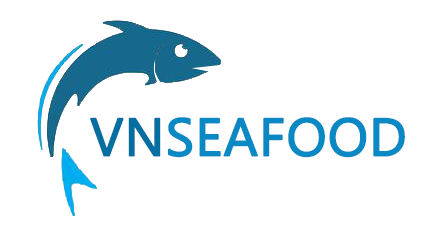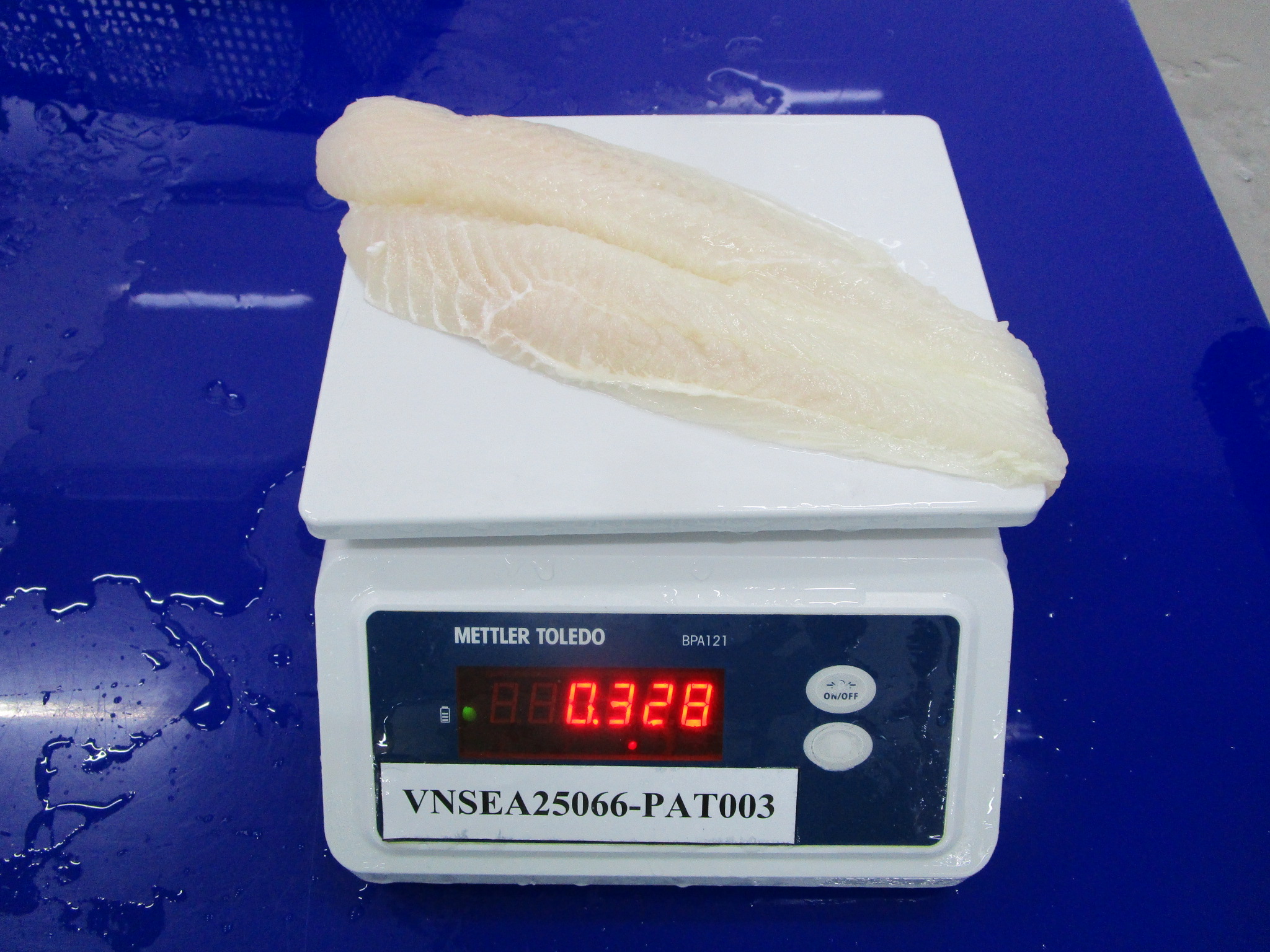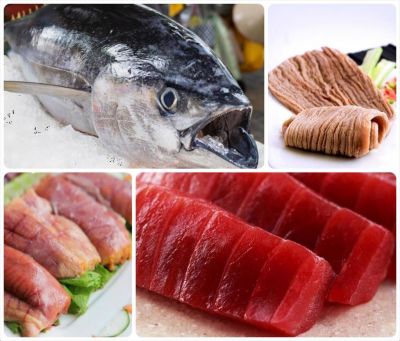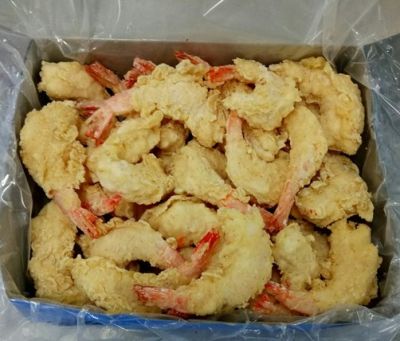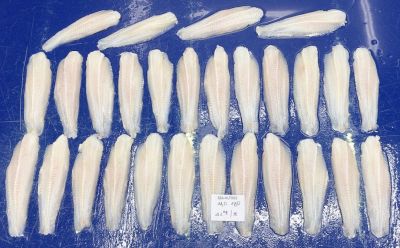The Japanese white fish market is showing clear segmentation among supplying countries, with Vietnam continuing to affirm its role as a stable and high-potential exporter. Vietnam currently ranks third after the United States and Russia in white fish export value to Japan. Benefiting from tariff incentives and the ability to meet Japan’s stringent standards, Vietnamese pangasius continues to record steady and positive growth.
According to ITC statistics, Japan’s white fish imports in the first eight months of 2025 maintained a positive growth trend. The United States remains the largest supplier, followed by Russia and Vietnam.
Vietnamese Pangasius Gains Popularity in Japan
Vietnam’s pangasius exports to Japan reached USD 34 million in the first nine months of 2025, up 14% compared to the same period in 2024. In September alone, export value rose 12% year-on-year, indicating rising import demand—particularly as wild-caught fish such as pollock and cod face declining catches due to stricter fishing quotas.
Frozen pangasius fillet remains the key export item to Japan, earning nearly USD 30 million, up 11% in the same period. Meanwhile, value-added pangasius products surged 47%, reflecting growing consumer demand in Japan. Exports of other pangasius products—including fresh, frozen whole fish, and cut portions—also increased by 39%, showing diversification in Vietnam’s product portfolio for this market.
Within Japan’s white fish consumption structure, pangasius fillet now ranks second only to Alaska pollock fillet and meat, becoming an increasingly popular alternative for the processed food industry, restaurant chains, and retail supermarkets.
This growth is partly driven by the CPTPP Agreement, which grants Vietnamese pangasius tariff advantages, making it more price-competitive than other imported products. As Japan’s economy slows, consumers tend to prefer affordable, stable, and easy-to-cook protein sources—further boosting pangasius demand.
Beyond supermarkets, Vietnamese pangasius has also made its debut on the menu of Kura Sushi, one of Japan’s leading sushi restaurant chains. The appearance of pangasius sushi marks a milestone for Vietnamese seafood, proving its capability to meet Japan’s strict standards on food safety, farming, and processing practices.

Rising Competition from Russia and the Need for Product Diversification
However, competition pressure is increasing as Russia aims to expand seafood exports to Asian markets, including Japan, to offset declining sales to Europe. If Russian supply—especially processed pollock and cod products—continues to grow, the price gap with pangasius could narrow.
In this context, Vietnamese enterprises are encouraged to diversify value-added product lines, investing in convenient formats such as portioned fillets, breaded fish, ready-to-cook packs, and foodservice-ready items. At the same time, companies should strengthen quality certification, traceability, and transparency in production processes to build stronger trust among Japanese importers and ensure long-term, stable development in this demanding market.
With stable growth momentum, tariff advantages under CPTPP, and Japan’s ongoing shift toward sustainable aquaculture products, the Japanese market remains a promising destination for Vietnamese pangasius. Expanding into value-added processing will not only help increase market share but also enhance the global brand value of Vietnamese seafood.
